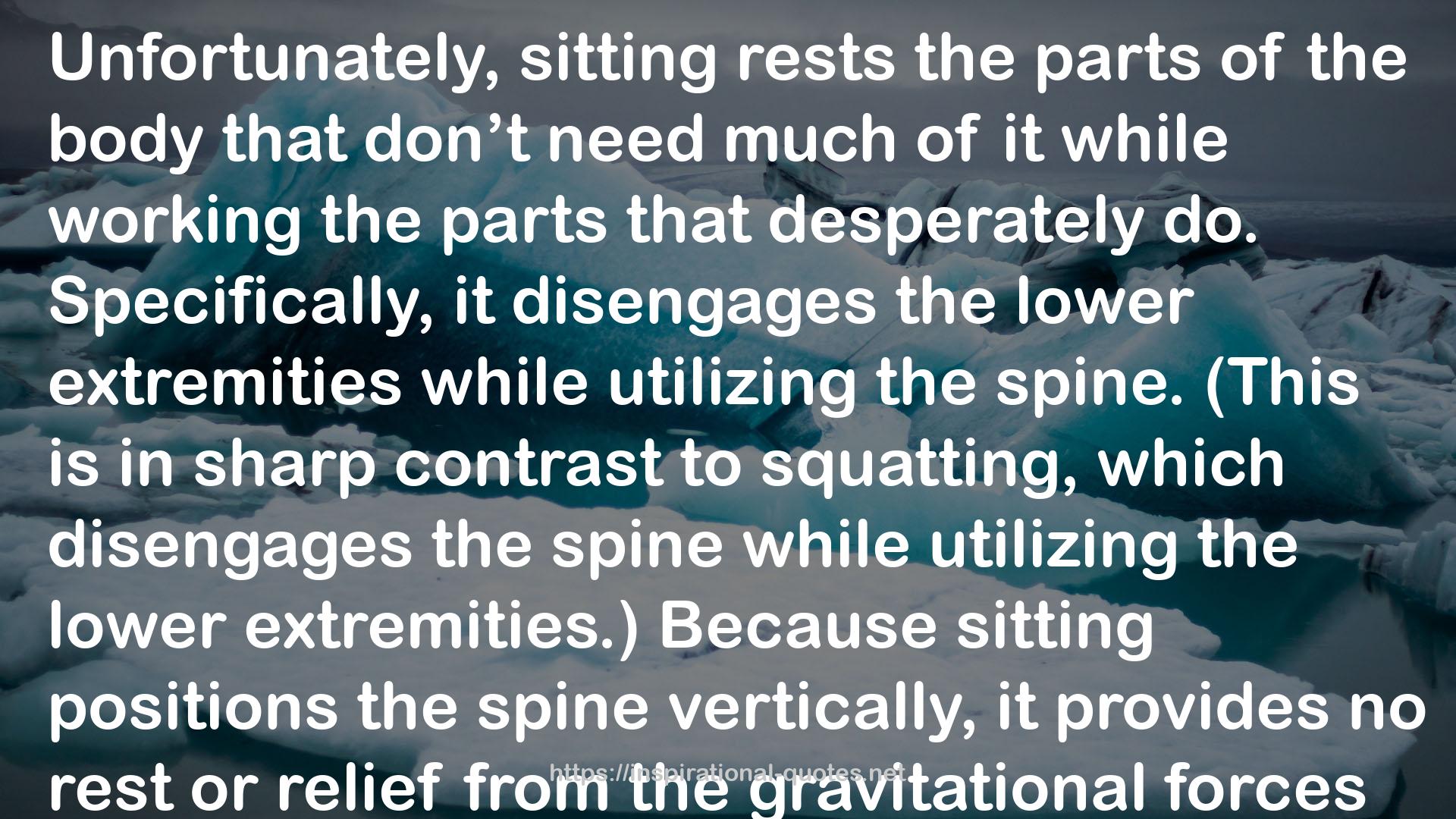3 Minutes to a Pain-Free Life: The Groundbreaking Program for Total Body Pain Prevention and Rapid Relief QUOTES
 3 Minutes to a Pain-Free Life: The Groundbreaking Program for Total Body Pain Prevention and Rapid Relief
3 Minutes to a Pain-Free Life: The Groundbreaking Program for Total Body Pain Prevention and Rapid Reliefdetail
SOME WORKS
- The Art of Being Indispensable at Work: Win Influence, Beat Overcommitment, and Get the Right Things Done
- Parrotfish
- When the Moon Was Ours
- eighteen years
- I am Mary Dunne
- Insanity (Asylum, #1)
- Gambling a Fairytale: (The Immorality of Immortality #2)
- This Mess We're In (MacKenna Family, #1)
- The Duchess of Malfi
- First the Dead (Bug Man Series #3)
